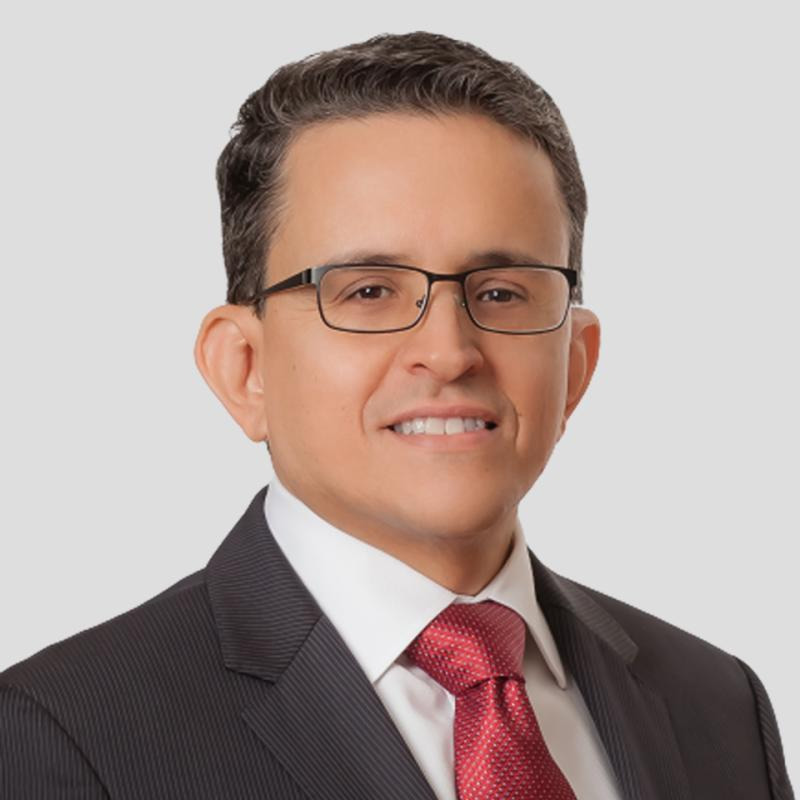“Companies that don’t actively manage their patent portfolios using lapsing strategies that reflect broader business goals hinder performance, profitability and investor earning potential.”
 The recent U.S. auto workers strike has had a wide reaching impact on the automotive industry, including spurring investors to review their current automotive investments. While significant events like the strike often cause this sort of reaction, more common practices from automakers should – but usually don’t – draw investor attention, including intellectual property management.
The recent U.S. auto workers strike has had a wide reaching impact on the automotive industry, including spurring investors to review their current automotive investments. While significant events like the strike often cause this sort of reaction, more common practices from automakers should – but usually don’t – draw investor attention, including intellectual property management.
Our recent three-part analysis on the financial impact of patent lapse strategies for major automotive manufacturers found, among other data points,that major auto brands overspend several million dollars annually by paying fees to renew non-strategic U.S. patents. Investors who understand the patent lapsing strategies of these automotive companies can more effectively evaluate their growth plans and innovation strategies.
Why Patent Lapsing?
Strategic lapsing of a company’s patent portfolio is among the greatest cost-saving levers available to intellectual property (IP) departments. Companies with large portfolios that strategically pull this lever regularly save 25-30% of their annual patent renewal fees. To lapse (or prune) is to not pay maintenance fees on a patent; the patent expires and is no longer enforceable.
While patents protect future innovation and can indicate potential future technology, they are also expensive to maintain. Over a five-year span (2023-2027), Toyota faces a staggering $96.7 million in maintenance fees due to the U.S. Patent and Trademark Office (USPTO) if it chooses to maintain all its U.S. patents, or about $19 million per year. Renewing all U.S. patents over those five years would cost GM and Ford each roughly $12 million per year and Hyundai and Honda approximately $10 million each annually.
However, many companies can be more strategic and protect shareholder best interests by letting irrelevant patents lapse, saving money, and focusing their efforts on viable innovations.
How Can Brands Manage Patents Strategically?
Once a patent is filed, maintenance fees must be paid at 3 ½, 7 ½, and 11 ½ years (Gates 1, 2, and 3), or the patent will expire. The more costly renewals occur at Gates 2 and 3, as patents mature. While automotive brands often over-retain patents to protect their interests; protection levels should align with the core business strategy of the patent owner, and current competitive needs to keep costs in check. Too often patent maintenance fees are simply paid out each quarter without much thought given to the rapidly changing technology and IP landscape. On the other hand, some companies (such as Honda) invest time and effort in well run patent lapsing programs that result in substantial savings that can be reinvested as part of a comprehensive IP strategy.
Honda’s strategic patent lapsing helped the company save more than $28 million in U.S. patent portfolio maintenance fees from 2012 to 2021, reducing its renewal costs from $83 million to $55 million. Honda’s embrace of strategic patent lapsing will generate residual benefits as we look ahead. While costs for many are set to grow substantially, Honda has positioned its upcoming renewal fees to be only slightly higher than what it spent over the last decade. If Honda were to maintain its lapse rate, it could expect to save $18.5 million over five years (2023-2027) or more than $3 million annually.
Some Brands Have an Outdated Patent Strategy
Automotive brands do not need to renew every U.S. patent in their portfolios. When managed too defensively, patent portfolio costs balloon, and the financial impact to the bottom line over time becomes quite significant. A more optimized defensive approach in which they retain the best portion of their portfolios will maintain an equally effective defensive position. This strategy could empower other manufacturers to increase their lapse rate or transact on patents due for renewals via sales or licensing, to offset the rising costs of those they retain and realize millions of dollars in shareholder value, like Honda.
Hyundai is the worst performer among the top five automotive manufacturers in strategic patent lapsing. With an average lapse rate of 14%, Hyundai performs below the industry average and has been lapsing at a flat to slightly decreased rate over the last decade, missing out on opportunities to save shareholders money. From 2017-2021, Hyundai spent $16 million in maintenance fees to maintain its U.S. patents and faces more than $54 million in total renewal costs due over five years. If Hyundai maintains a constant patent lapse rate, this represents an approximately $3 million to $8.5 million increase in spending per year.
Companies like Hyundai could do far more to increase the fiscal success of its U.S. patent portfolio and IP efforts to deliver tangible value to its shareholders.
Patent Money is Shareholder Money
Investors ought to consider patent portfolios and lapse strategies as they evaluate automotive OEMs. Companies that don’t actively manage their patent portfolios using lapsing strategies that reflect broader business goals hinder performance, profitability and investor earning potential. Several million dollars in annual renewal costs might seem like a drop in the bucket to automotive manufacturers, but these costs over a period of time add up as brands compete for customers and shareholders.
Image source: Deposit Photos
Author: Svetlaboro
Image ID: 225014368

![[IPWatchdog Logo]](https://ipwatchdog.com/wp-content/themes/IPWatchdog%20-%202023/assets/images/temp/logo-small@2x.png)

![[Advertisement]](https://ipwatchdog.com/wp-content/uploads/2024/04/UnitedLex-May-2-2024-sidebar-700x500-1.jpg)
![[Advertisement]](https://ipwatchdog.com/wp-content/uploads/2024/04/Artificial-Intelligence-2024-REPLAY-sidebar-700x500-corrected.jpg)
![[Advertisement]](https://ipwatchdog.com/wp-content/uploads/2024/04/Patent-Litigation-Masters-2024-sidebar-700x500-1.jpg)

![[Advertisement]](https://ipwatchdog.com/wp-content/uploads/2021/12/WEBINAR-336-x-280-px.png)
![[Advertisement]](https://ipwatchdog.com/wp-content/uploads/2021/12/2021-Patent-Practice-on-Demand-recorded-Feb-2021-336-x-280.jpg)
![[Advertisement]](https://ipwatchdog.com/wp-content/uploads/2021/12/Ad-4-The-Invent-Patent-System™.png)






Join the Discussion
4 comments so far. Add my comment.
Anon
March 6, 2024 12:52 pmin house – I hear you, but would push back that perhaps the lack of understanding is that you have not performed your role well enough so that the prep and pros guys are aligned with your knowledge of what is really important to the bottom line.
In house atty
March 6, 2024 10:51 amMan, patent attorneys really overstate the importance of patents to a company’s bottom line. I truly believe that the vast majority of prep-and-pros practitioners have no clue as to how licensing and litigation work, much less an actual business.
Pro Say
March 5, 2024 06:27 pmThanks Joe — worth considering.
However, the cost of implementing and maintaining such a patent lapsing program needs to be an additional factor in the equation.
Do so in a willy-nilly fashion (e.g., by not employing both IP legal experts + top-flight engineers + corporate leadership — carefully working / assessing each and every patent) would be penny wise but pound foolish.
Such a lapsing program — if done correctly — will (must) cost some seven figures / year.
. . . while merely automatically paying the patent maintenance fees is quick and easy. Certainly not cheap insurance, but insurance none the less.
(And besides, the Patent Office can use all the free money it can get.)
Anon
March 5, 2024 06:05 pmConsider the source: UnitedLex.
Add Comment